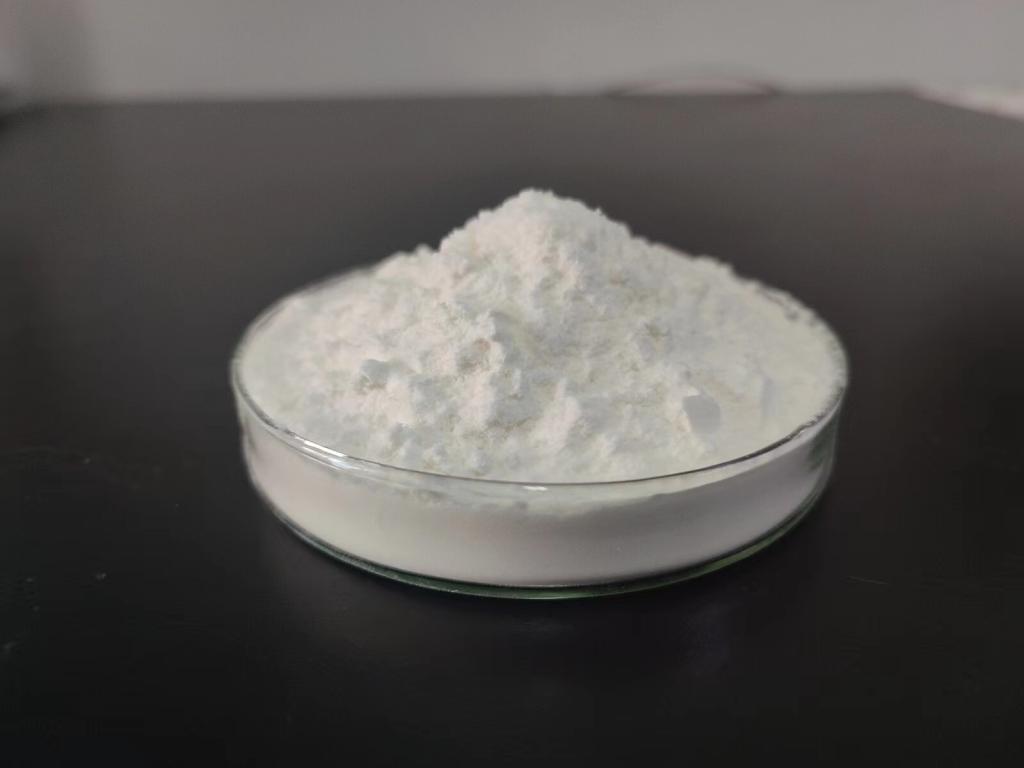Tel:+8618231198596

News
 CONTACT
CONTACT
 CONTACT
CONTACT
- Linkman:Linda Yao
- Tel: +8618231198596
- Email:linda.yao@dcpharma.cn
- Linkman:CHARLES.WANG
- Department:Overseas
- Tel: 0086 0311-85537378 0086 0311-85539701
News
Current Position:
Home >
News
>Eco-Friendly Solutions: The Environmental Impact of ε-Polylysine Hydrochloride
Eco-Friendly Solutions: The Environmental Impact of ε-Polylysine Hydrochloride
TIME:2024-01-11
1. Introduction:
Sustainable practices in the food industry are gaining prominence as the world confronts environmental challenges. Traditional food preservatives, often associated with ecological concerns, are being reevaluated. ε-Polylysine Hydrochloride, a biodegradable and naturally occurring antimicrobial, holds promise as an eco-friendly alternative. This article aims to dissect the environmental impact of ε-Polylysine Hydrochloride, shedding light on its production, applications, and potential contributions to sustainable food production.
2. Understanding ε-Polylysine Hydrochloride:
Origins and Production:
ε-Polylysine is a polymer of the amino acid lysine, naturally produced by bacteria such as Streptomyces albulus. The hydrochloride form of ε-Polylysine, derived from fermentation processes, has found applications in the food industry due to its antimicrobial properties.
Biodegradability:
One of the key environmental attributes of ε-Polylysine Hydrochloride is its biodegradability. As a naturally occurring compound, it has the potential to break down into harmless components in the environment, reducing concerns about long-term ecological impact.
3. Applications in the Food Industry:
Preservation without Harm:
The primary application of ε-Polylysine Hydrochloride lies in its role as a preservative. Its antimicrobial properties inhibit the growth of bacteria and fungi in food products, extending shelf life without the use of synthetic additives that may have adverse environmental effects.
Stabilizing Effect on Food Quality:
Beyond preservation, ε-Polylysine Hydrochloride has been noted for its stabilizing effect on food quality. Its ability to prevent spoilage can contribute to a reduction in food waste, a significant environmental concern in the context of resource-intensive food production.
4. Environmental Impact Assessment:
Life Cycle Analysis:
A comprehensive environmental impact assessment involves considering the entire life cycle of ε-Polylysine Hydrochloride, from raw material extraction and production to its application and eventual disposal. Life cycle analysis can provide insights into its overall ecological footprint.
Energy and Resource Use:
Compared to some synthetic preservatives, the production of ε-Polylysine Hydrochloride through fermentation processes may require less energy and fewer resources. Evaluating its efficiency in resource utilization is crucial for understanding its environmental impact.
5. ε-Polylysine Hydrochloride vs. Traditional Preservatives:
Reducing Chemical Dependency:
Traditional preservatives often rely on synthetic chemicals that may persist in the environment and contribute to pollution. The eco-friendly nature of ε-Polylysine Hydrochloride makes it an appealing option for reducing the chemical dependency associated with conventional preservatives.
Biodegradability and Soil Health:
Unlike some synthetic preservatives that may accumulate in soil and water, ε-Polylysine Hydrochloride's biodegradability suggests a reduced risk of environmental persistence. This characteristic can positively impact soil health and water quality.
6. Regulatory Landscape:
Navigating the regulatory landscape is a crucial aspect of introducing eco-friendly solutions. Understanding how ε-Polylysine Hydrochloride aligns with existing regulations and ensuring compliance with environmental standards are essential steps for its widespread acceptance.
7. Challenges and Considerations:
While ε-Polylysine Hydrochloride presents itself as an eco-friendly alternative, challenges and considerations must be acknowledged. These may include potential interactions with other food components, optimal concentrations for efficacy, and addressing any concerns raised by regulatory bodies.
8. Future Perspectives and Innovations:
The evolving landscape of sustainable practices in the food industry calls for continuous innovation. Future research may focus on optimizing the production process of ε-Polylysine Hydrochloride, exploring new applications, and enhancing its overall environmental performance.
9. Case Studies:
Real-world case studies exemplify the successful integration of ε-Polylysine Hydrochloride in various food products. These cases offer insights into its practical applications and showcase its potential to drive positive environmental outcomes.
10. Conclusion:
In conclusion, ε-Polylysine Hydrochloride emerges as a promising eco-friendly solution in the pursuit of sustainable food production. Its natural origin, biodegradability, and antimicrobial properties position it as an environmentally conscious alternative to traditional preservatives. While challenges and considerations exist, ongoing research and collaborative efforts can pave the way for the increased adoption of ε-Polylysine Hydrochloride, contributing to a more sustainable and environmentally friendly future in the food industry.
- Tel:+8618231198596
- Whatsapp:18231198596
- Chat With Skype







